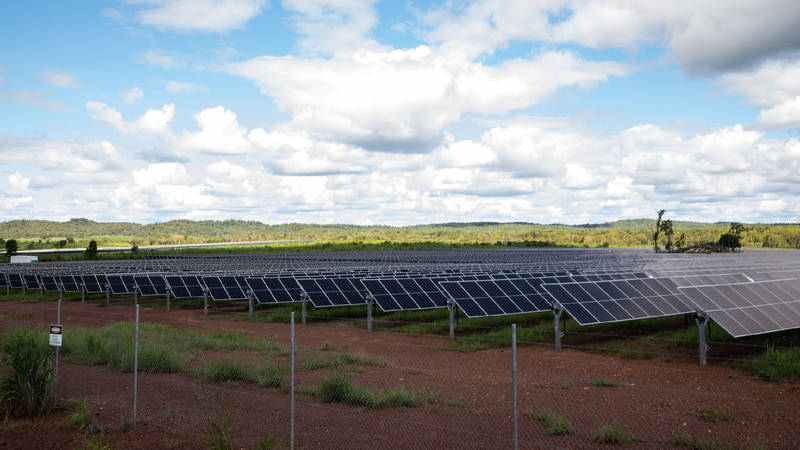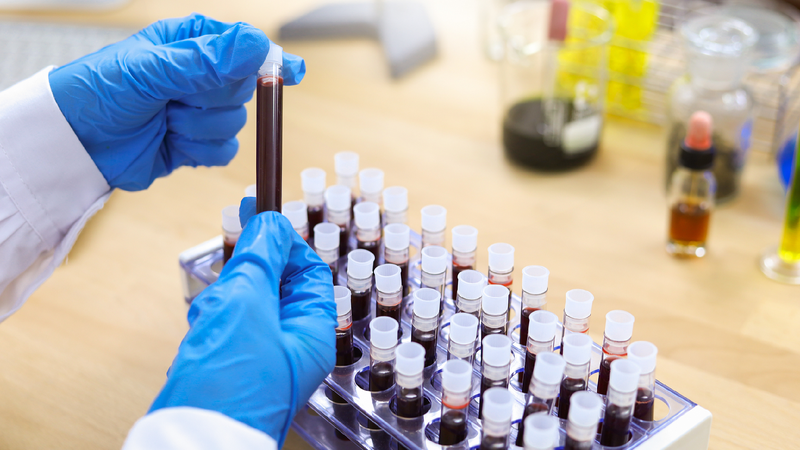Hey there, future inventors! 🌟 Have you ever wondered how we can make our planet greener and cleaner? Well, some super-smart scientists in Australia have made an amazing discovery that could help us all! 🇦🇺
These scientists from the University of Queensland have created a new type of solar cell that uses a special material called tin halide perovskite (that’s a mouthful, so let’s call it THP). But what’s so cool about THP? Let’s find out!
What Are Solar Cells? ☀️
Solar cells are devices that turn sunlight into electricity. They power things like calculators, houses, and even cars! Most solar cells are made from silicon, but making them can be expensive and not always eco-friendly.
Meet THP: The Eco-Friendly Hero 🌿
THP solar cells are different because they use tin, which is safer for the environment. Many other solar cells use lead, which can be toxic. By using tin, these scientists have made solar cells that are kinder to our planet!
A Big Leap Forward 🚀
The Australian team made their THP solar cells more efficient than ever before—16.65% efficiency, to be exact! This means they can turn more sunlight into electricity than previous THP cells. It’s a big deal because it brings us closer to having cheaper and more sustainable solar power.
How Did They Do It? 🧪
They added something called cesium ions to the THP. Think of cesium ions like special helpers that make the solar cells work better by fixing tiny problems inside the cells.
Why Is This Important? 🌏
With better and greener solar cells, we can use more renewable energy and rely less on fossil fuels like coal and oil. This helps reduce pollution and protects our planet for future generations—like you!
The Sky’s the Limit! ✈️
The scientists believe that these new THP solar cells could be used not just on rooftops but even to power electric airplanes one day! How cool is that?
So next time you see the sun shining, remember: amazing discoveries are happening to harness its power and make our world a better place! 🌞💚
Reference(s):
Australian researchers make eco-friendly solar cell breakthrough
cgtn.com




